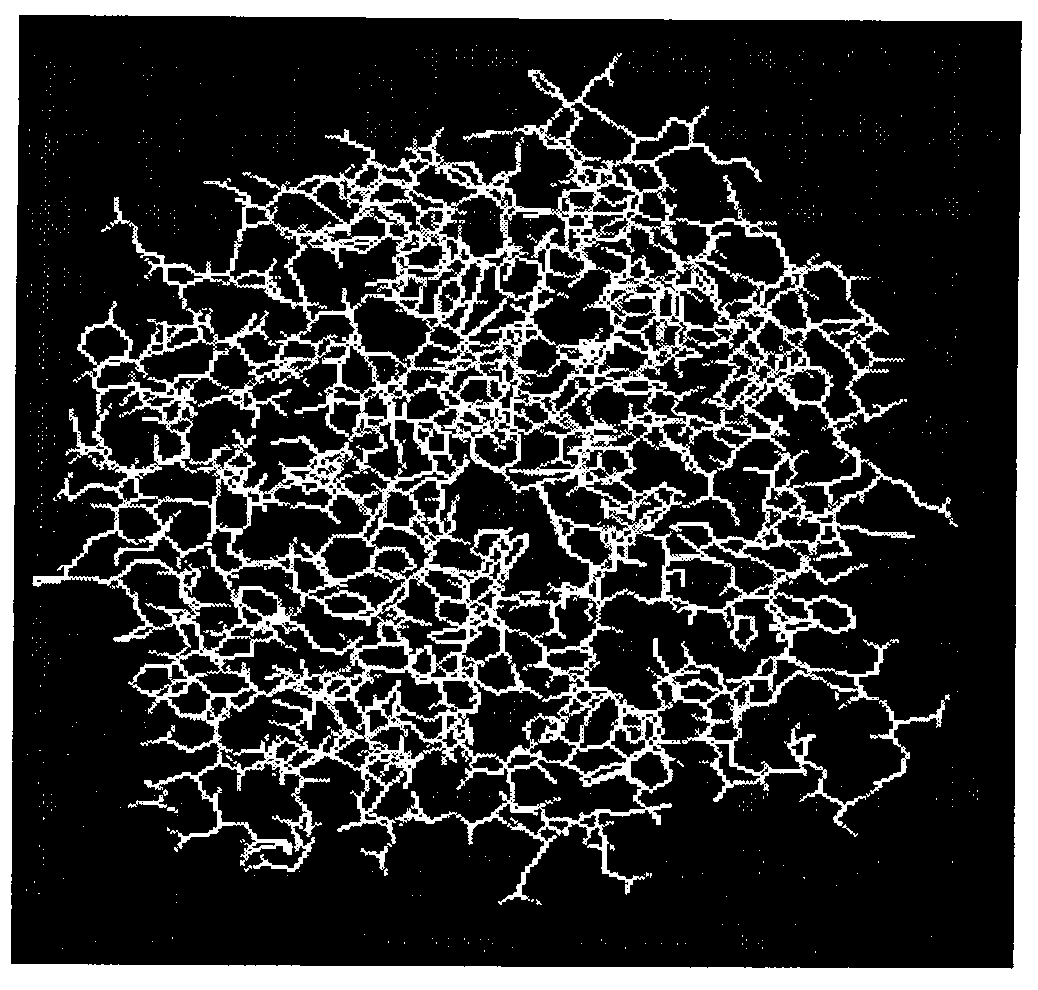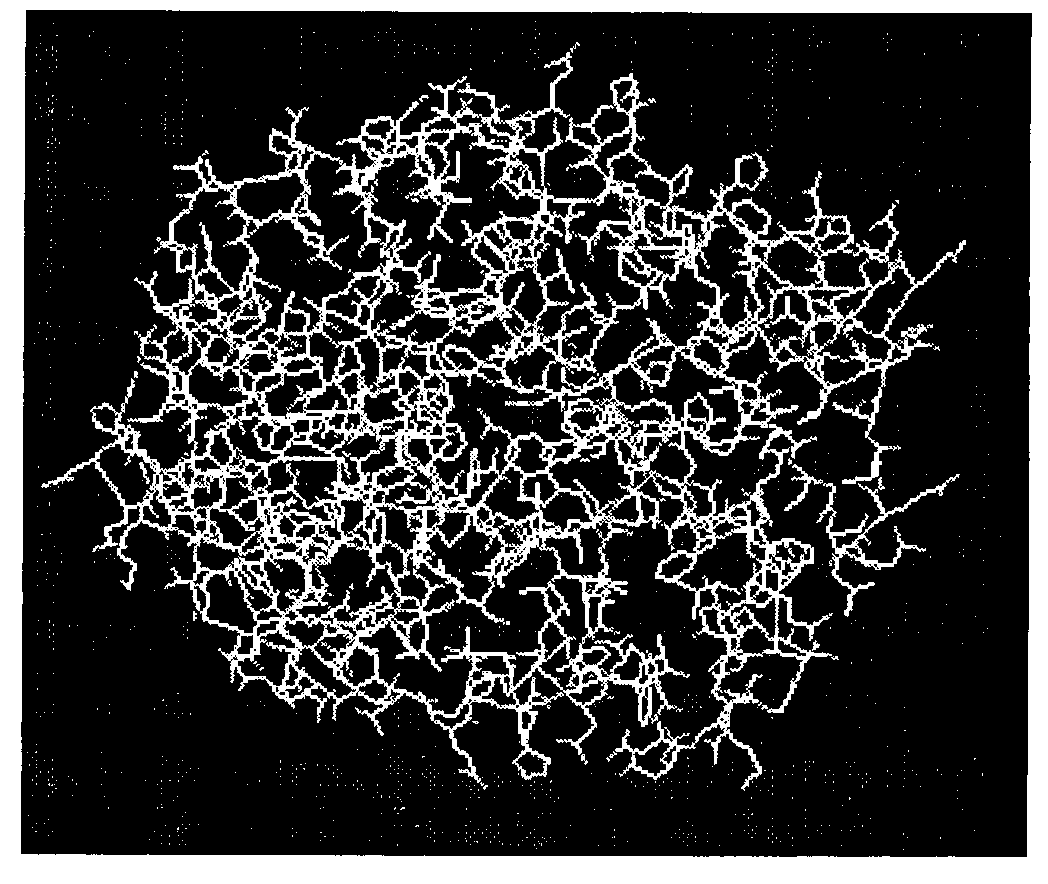Cellulose orthogenesis method of ampullaria crossean
A technology of cellulase and directed evolution, applied in the field of bioengineering, can solve problems such as difficult to degrade and difficult to degrade
- Summary
- Abstract
- Description
- Claims
- Application Information
AI Technical Summary
Problems solved by technology
Method used
Image
Examples
Embodiment Construction
[0023] Below take " apple snail " as an example to further illustrate the present invention.
[0024] The first step is to obtain the cellulase gene of apple snail:
[0025] (1) extracting the total mRNA of apple snail—messenger ribonucleic acid;
[0026] For the extraction of mRNA, about 600 mg of fresh gastric tissue samples were taken from apple snails, quickly frozen in liquid nitrogen, and fully ground with PolyATtract from Promega Company System1000withMagneticStand extracts mRNA;
[0027] (2) Perform reverse transcription to amplify cDNA—complementary deoxyribonucleic acid, take 1.5 μL mRNA, 2 μL LigodT (highly polydeoxythymidine nucleotides) and 7.6 μL H 2 O mixed, heated to 65°C for 10 minutes, then ice-bathed for 2 minutes, added 4 μL 5M-MLV-buffer (avian myeloblastosis virus reverse transcription buffer), 2.5 μL dNTP (deoxynucleoside triphosphate) and AMV (avian Myeloblastoma virus) reverse transcriptase (Promega) 2mL, 41°C, 60 minutes, then 65°C to inactivate t...
PUM
 Login to View More
Login to View More Abstract
Description
Claims
Application Information
 Login to View More
Login to View More - R&D
- Intellectual Property
- Life Sciences
- Materials
- Tech Scout
- Unparalleled Data Quality
- Higher Quality Content
- 60% Fewer Hallucinations
Browse by: Latest US Patents, China's latest patents, Technical Efficacy Thesaurus, Application Domain, Technology Topic, Popular Technical Reports.
© 2025 PatSnap. All rights reserved.Legal|Privacy policy|Modern Slavery Act Transparency Statement|Sitemap|About US| Contact US: help@patsnap.com


